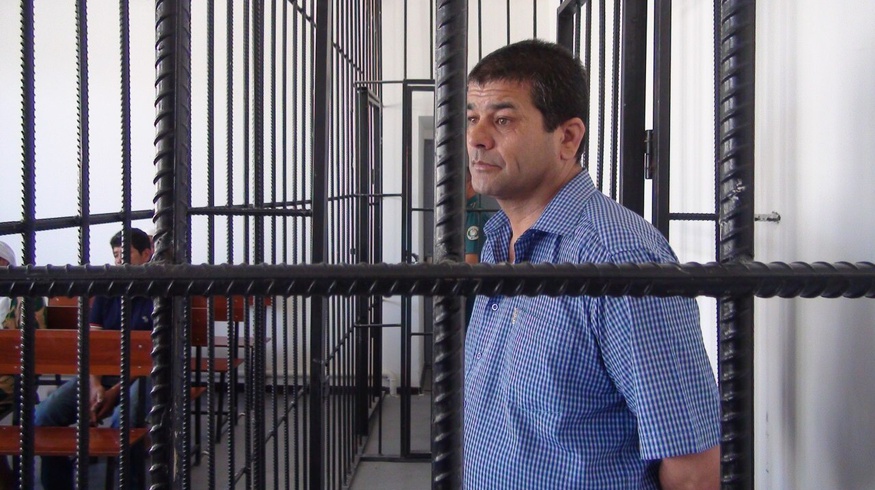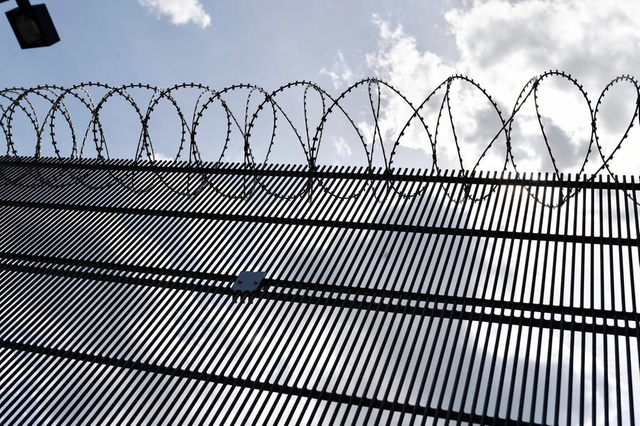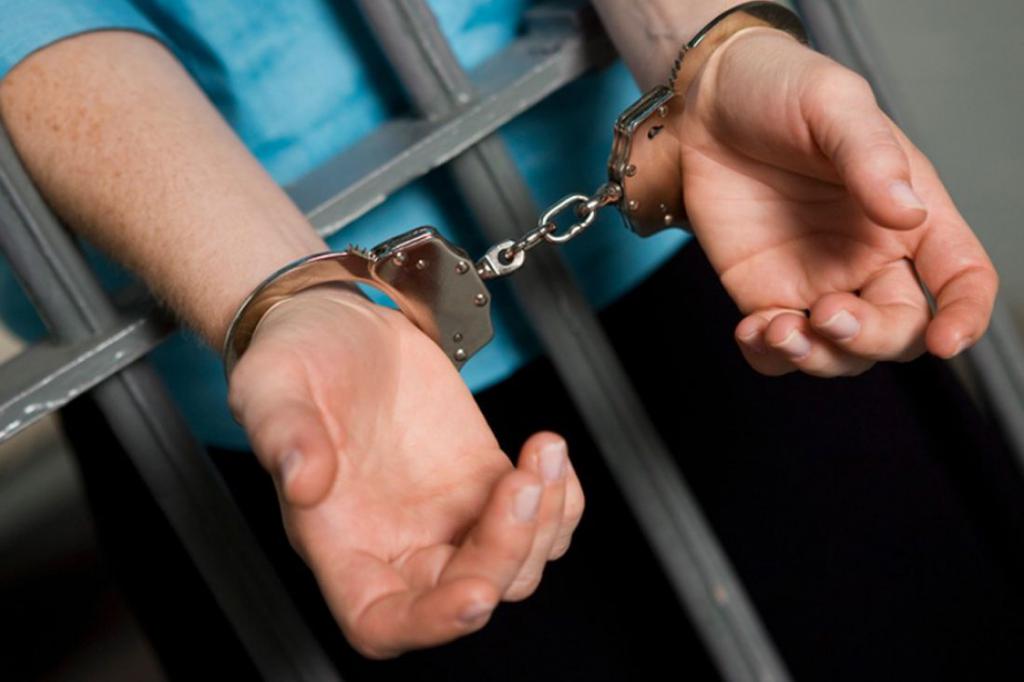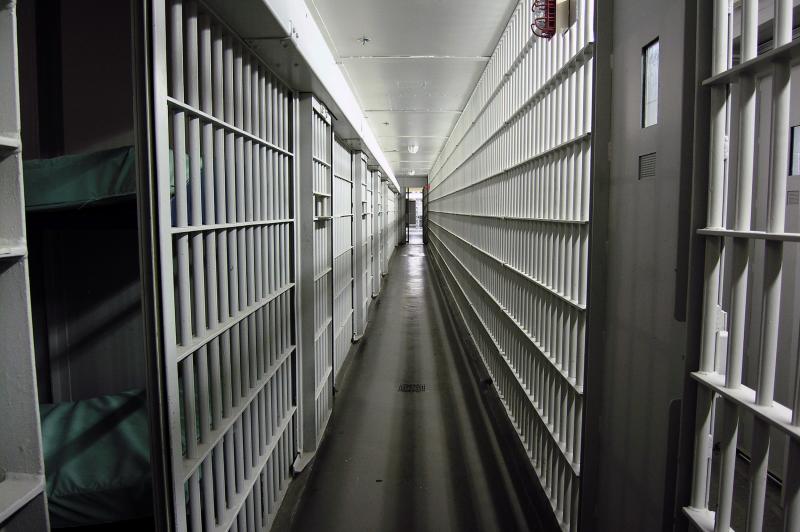In criminal chronicles you can often hear the expression "relapse of crime", the essence of which is understood in few terms by general, and in details is generally understood in units. This concept in the industry of special parts of criminal law is global and significant. Questions of the multiplicity of crimes have always been very complex and multifaceted in the theory of criminal law. Relapse provides some features when sentencing, calculating the limits of the size or term of punishment, in conditions of serving the term.
What is multiplicity?

Often people who have committed one crime continue their activities and, having served their sentences in the same composition, commit the following. Practice shows that each subsequent act is heavier than the previous one, which means that the social danger of a person is higher. For a general description of such behavior in criminal law, there is the concept of plurality. It is understood as cases when a person commits several crimes one after another (two or more), each of which entails responsibility and the imposition of punishment. There are cases when the person who committed the crime was prosecuted, a range of restrictions applies to him, and during this period a new criminal act was committed. In the multiplicity of crimes, relapse is the most dangerous phenomenon. In addition to him, this group also includes a combination of crimes, sentences and more.
The concept of relapse
- In accordance with the provisions of Article 18 of the Criminal Code of the Russian Federation, a person’s behavioral act when he commits a crime (intentionally!) Is recognized as a recidivism, while the person already has a criminal record for an act committed earlier (also intentionally). Lack of intent and negligence preclude relapse.
- Analyzing the concept of relapse, we turn to the explanatory dictionary. Ozhegov S.I. gave two values of relapse. The first is the return of the disease after it has already stopped. Secondly, this is a re-manifestation of something negative. For example, relapse, longing.
- In the criminal law sense, a relapse is a type of multiplicity of crimes, a person again violates the law when he was previously convicted of a previous act.
The importance of the institution in criminal law

The role of relapse lies primarily in the fact that with its help the most important goals and significance of criminal law and punishment in general are achieved. Relapse of crimes in the Russian Federation is one of the grounds for differentiating criminal liability, and therefore, punishment. This strengthens and exerts the maximum educational impact on the person who committed the crime. As a result, large-scale work is being carried out to prevent and prevent the criminal situation in the country. The provisions on relapse are also aimed at protecting the individual, the state and the whole society.
Characteristics

Relapse is an important phenomenon that needs to be studied from all sides, because preventive activities by law enforcement agencies can lead to a decrease in crime in the entire state or in a separate subject of the Russian Federation. Therefore, it is extremely important in addition to the concept to determine the characteristic features:
- Firstly, it is a repeat of the crime. For the presence of relapse, the severity, the nature of the crime committed do not matter. These signs will indicate only the severity and nature of the phenomenon of relapse, and not the fact of its existence.The size of the punishment describes the nature of the social danger and threats posed by the criminal offender.
- Secondly, it is a repetition of the form of guilt. This feature affects the qualification of the deed. This concerns those cases when the law specifically indicates the form of guilt and establishes a list of consequences that arise as a result of intentional activity.
- Thirdly, a sign of criminal record. This is one of the leading signs of relapse, which has already been mentioned. First of all, this is the state of a person, which is determined by the presence of a criminal record and the application of a specific measure of punishment for a crime. The moment of commencement of such a state shall be recognized as the day the court decision comes into legal force, and ends when the time period established by law expires. A criminal record is a temporary phenomenon that ceases at the moment of the onset of circumstances stipulated by the criminal law. Their offense is the basis to believe that this person is no longer convicted, and if a second intentional crime is committed at this moment, then it is impossible to talk about a relapse.
- The intentional nature of the crime committed before and after the conviction is no less important sign, in comparison with the previous ones. Such a sign indicates an increased danger of the person committing the crime. Relapse involves ignoring the perpetrator of criminal law, and most importantly, what was described above is the presence of a criminal record.
- The final sign may be the serving of punishment. It does not matter whether it is being served partially or fully, only the fact itself is important. This provision is closely related to the previous one, because punishment is impossible without a criminal record, as well as vice versa. Punishment and criminal record are closely connected with the public danger of the criminal. In the event that it is absent, there is no point in talking about a person’s criminal record, as well as about punishment.
The above signs of recidivism distinguish it from other similar forms of multiplicity. This determines the complexity and danger of the institution, which has a serious impact on society and the state.
Varieties of relapse

In accordance with the provisions of the Criminal Code, the most common classification of relapses is the division into simple, dangerous and especially dangerous. The basis of the division in this case is the category of crime, the number of convictions of the person and the type of punishment that is applied to him.
-
A simple relapse of crimes is the commission of a deliberate illegal act of any category by that person who already has a criminal record. The exceptions are crimes relating to other types.
- Two conditions are needed to determine relapse as dangerous. First, when committing a serious crime, in which the punishment is not a fine or something else, but imprisonment, he must have two or more convictions for crimes of medium gravity. A conditional conviction of a person excludes a relapse, although formally the term of imprisonment does not matter. The second condition is the commission by a person of a serious crime when there was a previous conviction for a particularly serious or serious crime.
- The law establishes a special relapse of the crime - especially dangerous. To recognize it as such, one of two conditions must be observed. The first condition is recognized as a person committing a serious act in the presence of at that moment he has two convictions for serious crimes. The actual period of imprisonment is also a fundamental factor. The second condition is that the offender commits a particularly serious act, when he already has two convictions for serious crimes or one for a particularly serious one.
Are there any other classifications?

Relapse of a crime is an important phenomenon that is very common in practice, because many scientists are trying to find new approaches to its study and classification. Consider another division into species.
- Under the general means the commission of an act that is not similar in object, objective side and has nothing to do with crimes committed earlier. That is, a person can commit murder and have a criminal record for him, committing theft at that moment.
- Accordingly, a special relapse is the commission of a crime, which in its composition is homogeneous or identical to the previous or previous. Example: a person has committed theft, received punishment for it and, having a criminal record, commits theft repeatedly (an identical crime) or decides to robbery, which is similar to theft.
Sentencing

In view of the fact that a relapse of a crime is a dangerous phenomenon, the imposition of punishment on it occurs somewhat differently than in general form.
Then, when a judge proceeds to impose a sentence, he takes into account and assesses such factors as the danger, the number and severity of acts, both of the past and of the crime committed again. In the event that a new dangerous act has the characteristic features of a relapse, but is incomplete, then the boundaries and the amount of punishment for the preparation stage should not exceed half of the maximum amount of punishment.
Summarize

There is no more sense in talking about the significance and degree of importance of studying the phenomenon; let us draw your attention to the fact that the crimes committed are recidivized only when at least one of them has a criminal record. Otherwise, we will talk about other forms of plurality.
